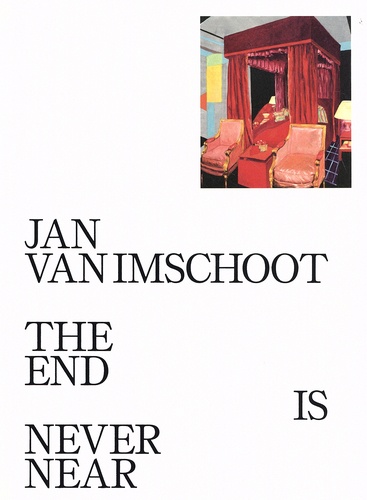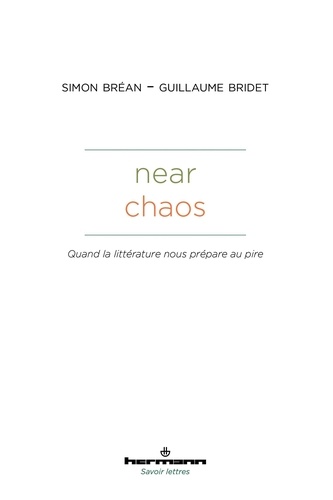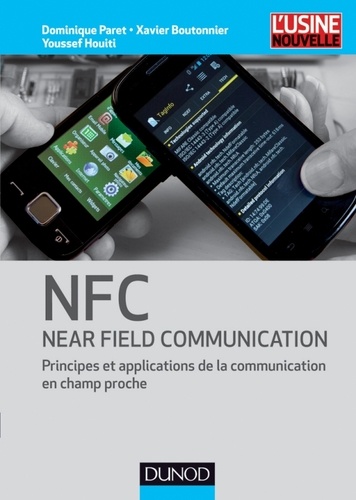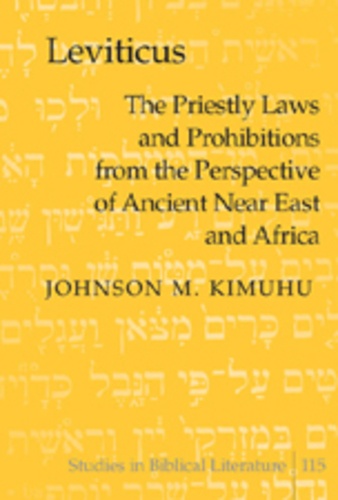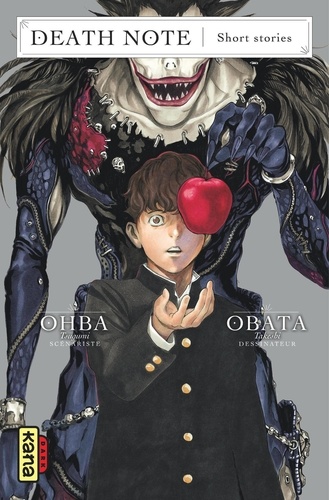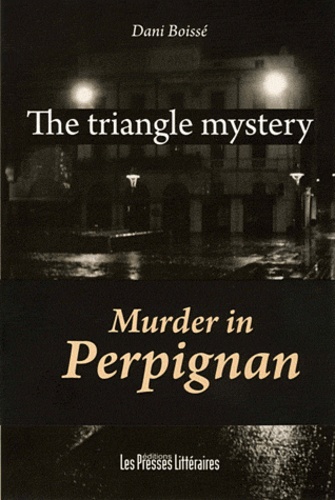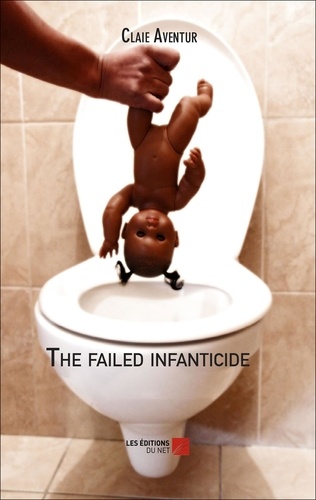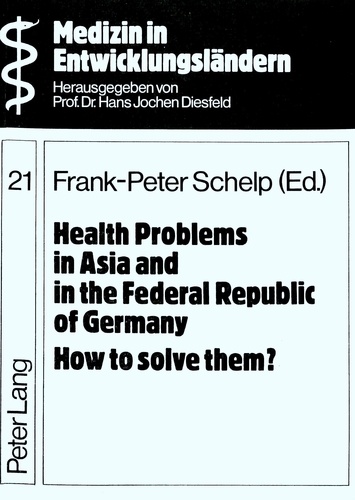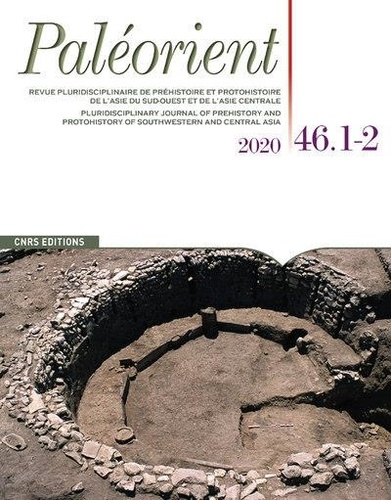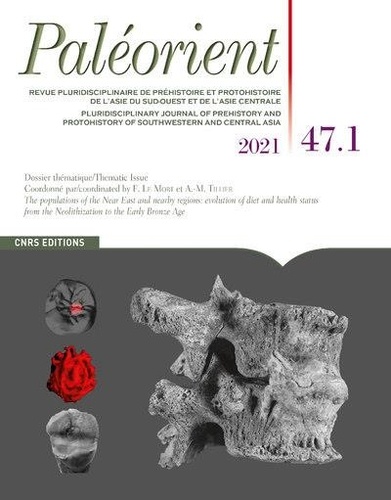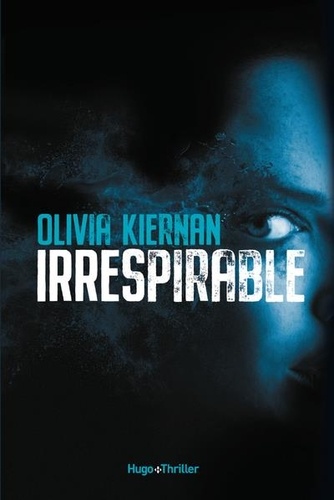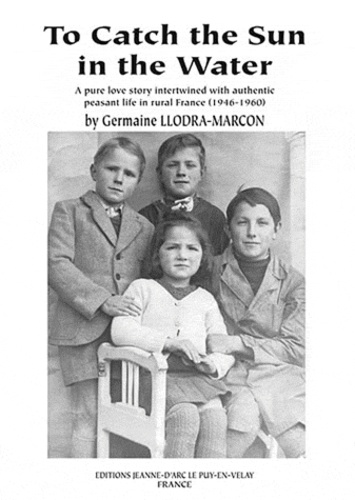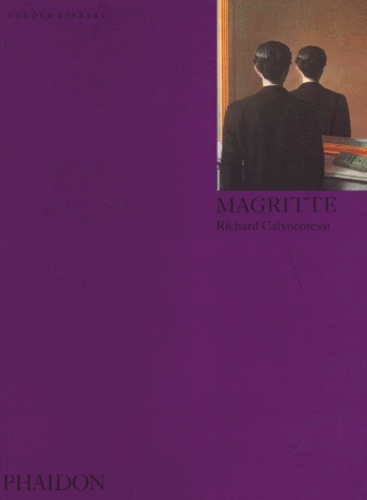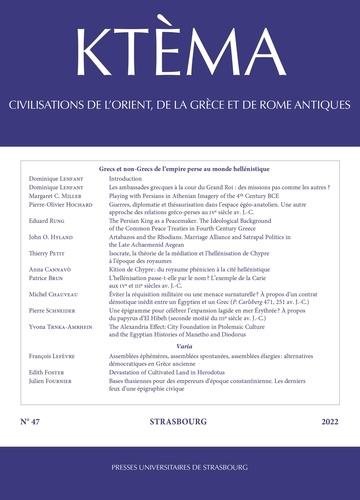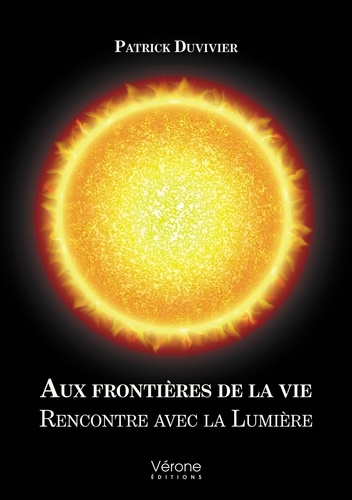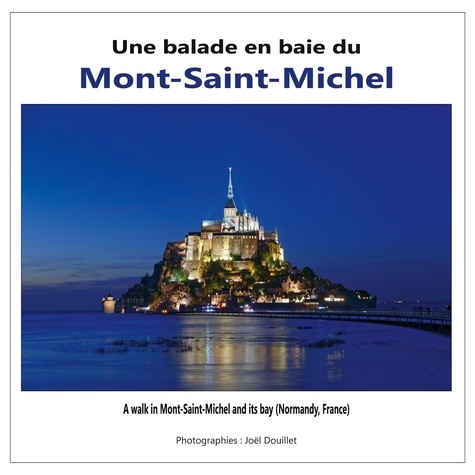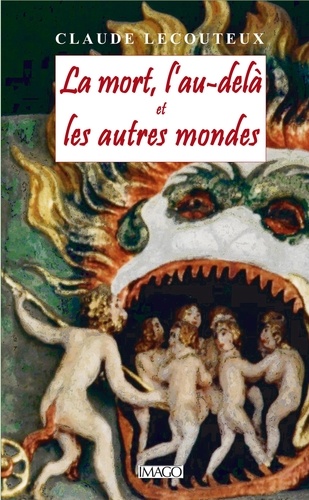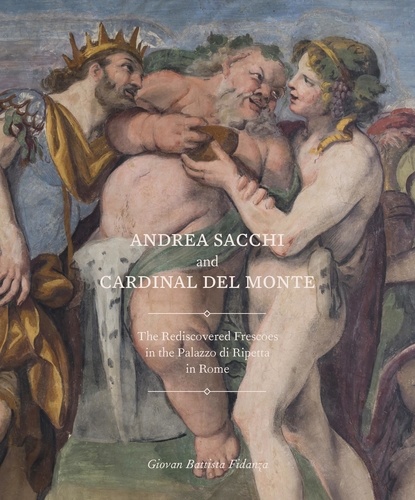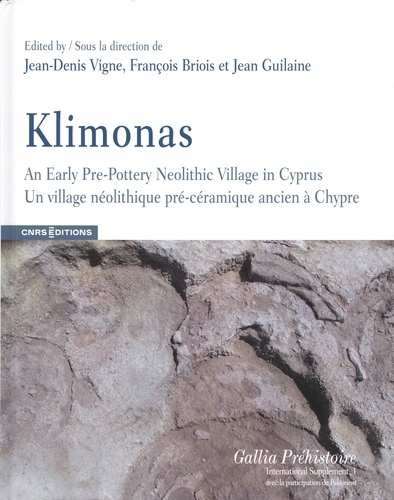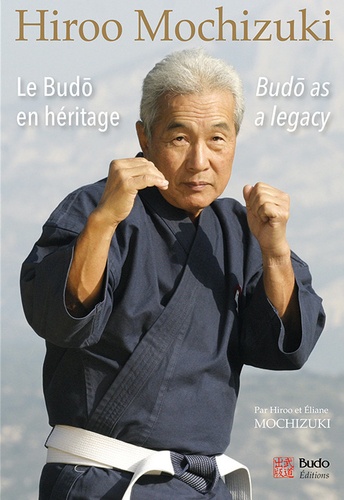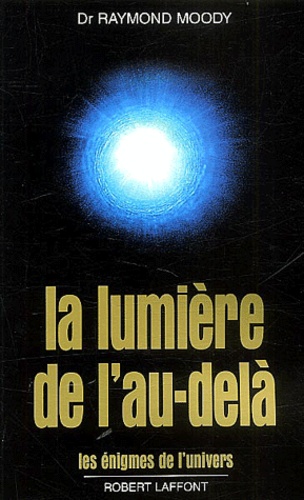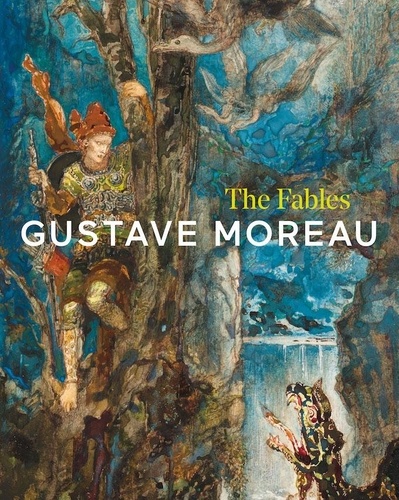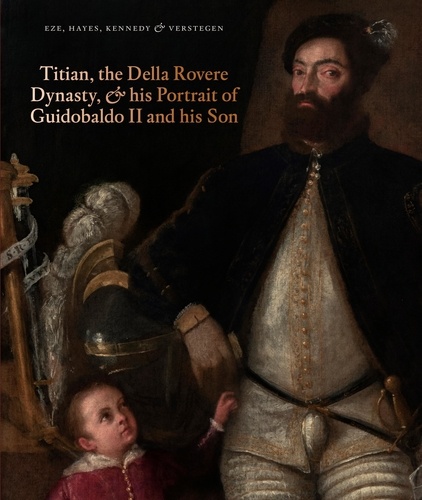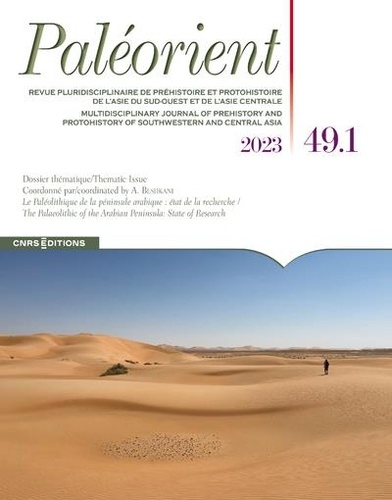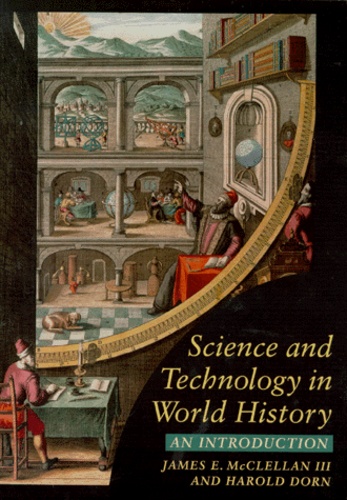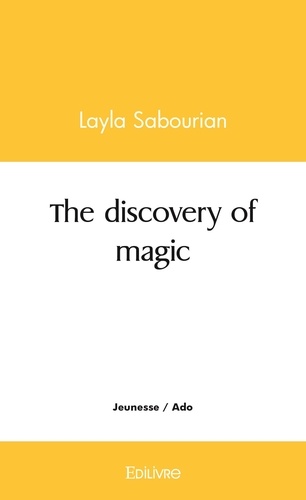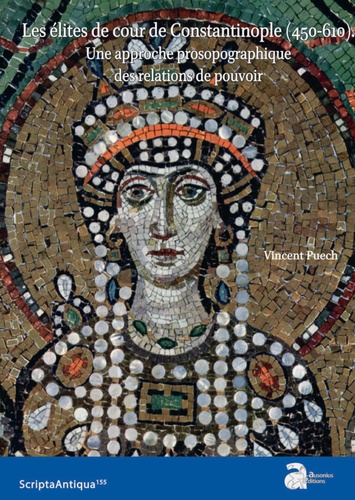Paléorient N° 46-2/2020
Paléorient 46. 1-2 - 2020 Sommaire / Contents In Memoriam Henri de Contenson (1926-2019) par E. Coqueugniot... ... ... ... ... ... ... ... ... ... ... ... ... ... ... ... ... ... ... ... ... ... ... ... ... ... ... ... ... ... ... ... ... ... ... ... ... ... ... . . 5-7 Robert H. Dyson Jr. (1927-2020) by C. P. Thornton and M. M. Voigt... ... ... ... ... ... ... ... ... ... ... ... ... ... ... ... ... ... ... ... ... ... ... ... ... ... ... ... ... ... ... . 9-11 Olivier Nieuwenhuyse (1966-2020) by R. Bernbeck... ... ... ... ... ... ... ... ... ... ... ... ... ... ... ... ... ... ... ... ... ... ... ... ... ... ... ... ... ... ... ... ... ... ... ... ... ... ... 13-14 Articles K. Bretzke, E. Yousif, S. Jasim, K. Raith, A. Parton and A. Parker, On the diversity of the Palaeolithic record and patterns of Pleistocene palaeoenvironmental conditions in Southeast Arabia ... ... ... ... ... ... ... ... ... ... ... ... ... ... ... ... ... ... ... ... 15-30 G. Haklay and A. Gopher, Geometry, a measurement unit and rectangular architecture at early Neolithic Jerf el-Ahmar, Syria... ... ... ... ... ... ... ... ... ... ... ... ... ... ... ... ... ... ... ... ... ... ... ... ... ... ... ... ... ... ... ... ... ... ... ... ... ... ... ... ... ... ... ... ... ... ... ... ... ... ... ... ... ... ... ... ... ... ... ... ... . 31-42 M. Birkenfeld, U. Avner, D. E. Bar-Yosef Mayer, L. Scott Cummings, F. Natalio, F. H. Neumann, N. Porat, L. Scott, T. Simmons, M. B. Toffolo and L. K. Horwitz, Hunting in the skies : Dating, paleoenvironment and archaeology at the late Pre-Pottery Neolithic B site of Na ? al Roded 110, Eilat Mountains, Israel ... ... ... ... ... ... ... ... ... 43-68 C. A. Makarewicz and H. M. Mahasneh, Animal exploitation at a large late Pre-Pottery Neolithic settlement : The zooarchaeological record from es-Sifiya, Jordan ... ... ... ... ... ... ... ... ... ... ... ... ... ... ... ... ... ... ... ... ... ... ... ... ... ... ... ... ... ... ... ... ... ... ... ... ... ... 69-82 L. Peyronel and A. Vacca, Socio-economic complexity at the Late Chalcolithic site of Tell Helawa, Kurdistan Region of Iraq... ... ... ... ... ... ... ... ... ... ... ... ... ... ... ... ... ... ... ... ... ... ... ... ... ... ... ... ... ... ... ... ... ... ... ... ... ... ... ... ... ... ... ... ... ... ... ... ... ... ... ... ... ... ... ... ... ... ... ... ... ... ... ... ... ... . . 83-107 S. Renette and S. Mohammadi Ghasrian, The central and northern Zagros during the Late Chalcolithic : An updated ceramic chronology based on recent fieldwork results in western Iran... ... ... ... ... ... ... ... ... ... ... ... ... ... ... ... ... ... ... ... ... ... ... . 109-132 K. Abu Jayyab, A. Glasser, M. Albesso, E. Gibbon, I. Schwartz, A. Taraqji and S. Razzaz Late Chalcolithic occupation at Tell er-Ramadi (Syria) : Results of the 2004-2006 salvage excavations... ... ... ... ... ... ... ... ... ... ... ... ... ... ... ... ... ... ... ... ... ... ... ... ... . 133-160 G. E. Ludvik, J. M. Kenoyer and M. Pieniazek, New evidence for interregional interaction in the 3rd millennium BCE Aegean : Indus-style carnelian beads at Aegina-Kolonna, Greece... ... ... ... ... ... ... ... ... ... ... ... ... ... ... ... ... ... ... ... ... ... ... ... ... ... ... . 161-177 O. Barge, W. Abu-Azizeh, J. E. Brochier, R. Crassard, E. Régagnon et C. Noûs, Desert kites et constructions apparentées : découvertes récentes et mise à jour de l'extension géographique... ... ... ... ... ... ... ... ... ... ... ... ... ... ... ... ... . . 179-200 Recensions Squitieri A. and Eitam D. (eds.) 2019. Stone tools in the Ancient Near East and Egypt. Ground stone tools, rock-cut installations andstone vessels from Prehistory to Late Antiquity. Oxford : Archaeopress (Ancient Near Eastern Archaeology 4). 360 p. By C. Hamon... ... ... ... ... ... ... ... ... ... ... ... ... ... ... ... ... ... ... ... ... ... ... ... ... ... ... ... ... ... ... ... ... ... ... ... ... ... ... ... ... ... ... ... 201-203 Rose J. I. , Hilbert Y. H. , Marks A. E. and Usik V. I. 2019. The first peoples of Oman. Palaeolithic archaeology of the Nejd plateau. Oxford : Archaeopress and Ministry of Heritage and Culture, Sultanate of Oman (The Archaeological Heritage of Oman 5). 196 p. By H. S. Groucutt... ... ... ... ... ... ... ... ... ... ... ... ... ... ... ... ... ... ... ... ... ... ... ... ... ... ... ... ... ... ... ... ... ... ... ... ... ... ... ... ... ... ... ... ... ... . 203-208 Venditti F. 2019. Understanding lithic recycling at the Late Lower Palaeolithic Qesem Cave, Israel. A functional and chemical investigation of small flakes. Oxford : Archaeopress. 188 p. Par S. Bonilauri... ... ... ... ... ... ... ... ... ... ... ... ... ... ... ... ... ... ... ... ... ... ... ... ... ... ... ... ... ... ... ... ... ... ... ... ... ... ... ... ... ... ... ... ... ... ... ... ... ... ... ... ... ... ... ... ... ... 208-210 Purschwitz C. 2017. Die lithische Ökonomie von Feuerstein im Frühneolithikum der Größeren Petra Region. Berlin : ex Oriente (Studies in Early Near Eastern Production, Subsistence, and Environment 19). 620 p. By E. Ghasidian... ... ... ... ... ... ... ... ... ... ... ... ... ... ... ... ... ... ... ... ... ... ... ... ... ... ... ... ... ... ... ... ... ... ... ... ... ... ... ... ... ... ... ... ... ... ... ... ... ... ... ... ... ... ... ... ... ... ... ... ... ... ... ... ... ... ... ... . 210-211 Birkenfeld M. 2018. Changing systems : Pre-Pottery Neolithic B settlement patterns in the Lower Galilee, Israel. Berlin : exOriente (Studies in Early Near Eastern Production, Subsistence, and Environment 21). 334 p. By E. B. Banning... ... ... ... ... ... ... ... ... ... ... ... ... ... ... ... ... ... ... ... ... ... ... ... ... ... ... ... ... ... ... ... ... ... ... ... ... ... ... ... ... ... ... ... ... ... ... ... ... ... ... ... ... ... ... ... ... ... ... ... ... ... ... 212-214 Schwall C. 2018. Cukuriçi Höyük 2. Das 5. und 4. Jahrtausend v. Chr. im Westanatolien und der Ostägäis (mit einem Beitrag von Barbara Horejs). Vienna : Austrian Academy of Sciences (Oriental and European Archaeology 7). 820 p. Par J. -P. Demoule ... ... ... ... ... ... ... ... ... ... ... ... ... ... ... ... ... ... ... ... ... ... ... ... ... ... ... ... ... ... ... ... ... ... ... ... ... ... ... ... ... ... ... ... ... ... ... ... ... ... ... ... ... ... . . 214-217 Gernez G. and Giraud J. (eds.) 2019. Taming the Great Desert : Adam in the Prehistory of Oman. Oxford : Archaeopress, Ministry of Heritage and Culture, Sultanate of Oman (The Archaeological Heritage of Oman 3). 128 p. By P. A. Yule 218-220 Hausleiter A. , Eichmann R. et al-Najem M. (dir.) 2018. Tayma' I. Archaeological exploration, palaeoenvironment, cultural contacts. Oxford : Archaeopress, Deutsches Archäologisches Institut Orient-Abteilung et Saudi Commission for Tourism and National Heritage. 267 p. Par G. Charloux... ... ... ... ... ... ... ... ... ... ... ... ... ... ... ... ... ... ... ... ... ... ... ... ... ... ... ... ... ... ... ... ... ... ... ... ... ... ... ... ... ... ... ... ... ... ... ... ... ... ... ... ... ... ... ... ... . . 221-226
12/2020
